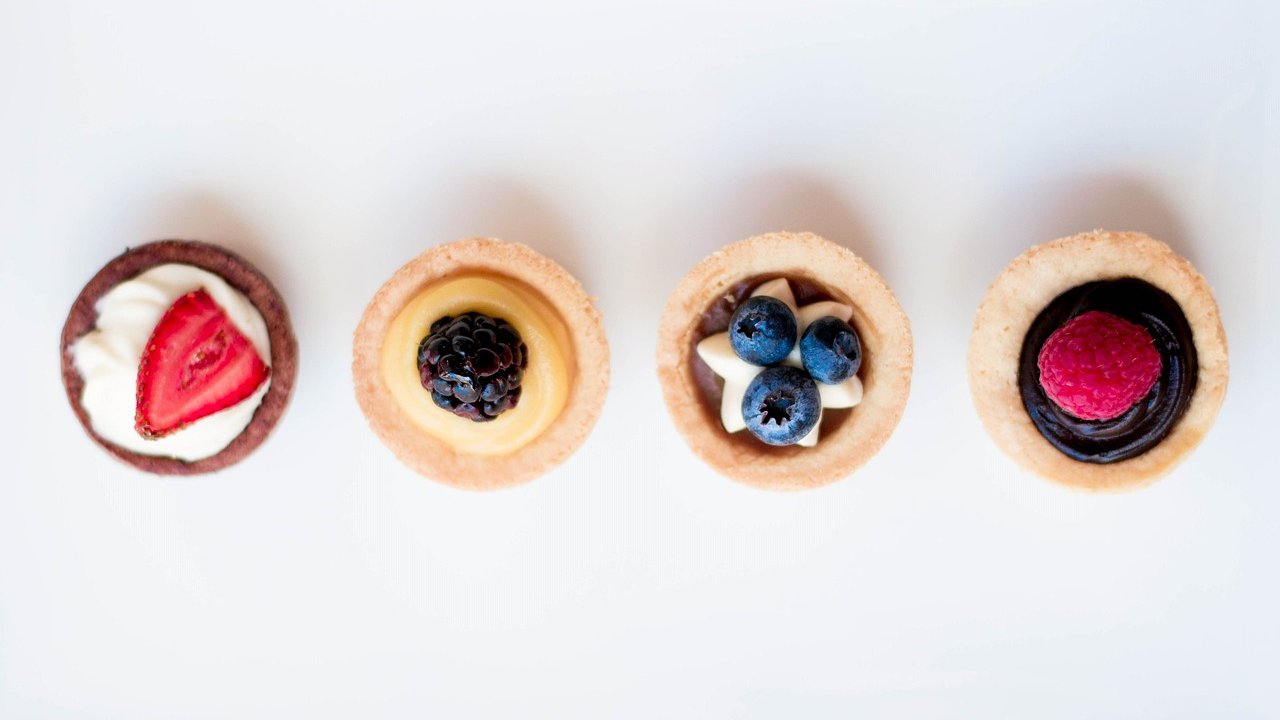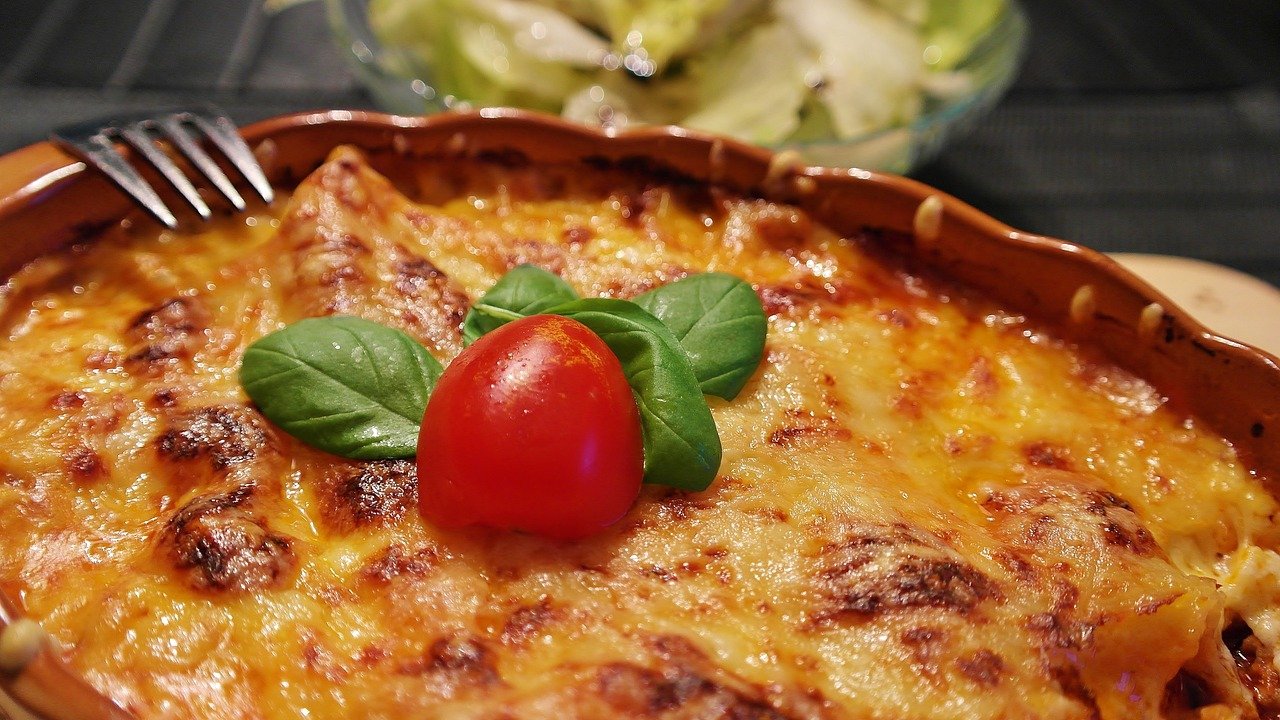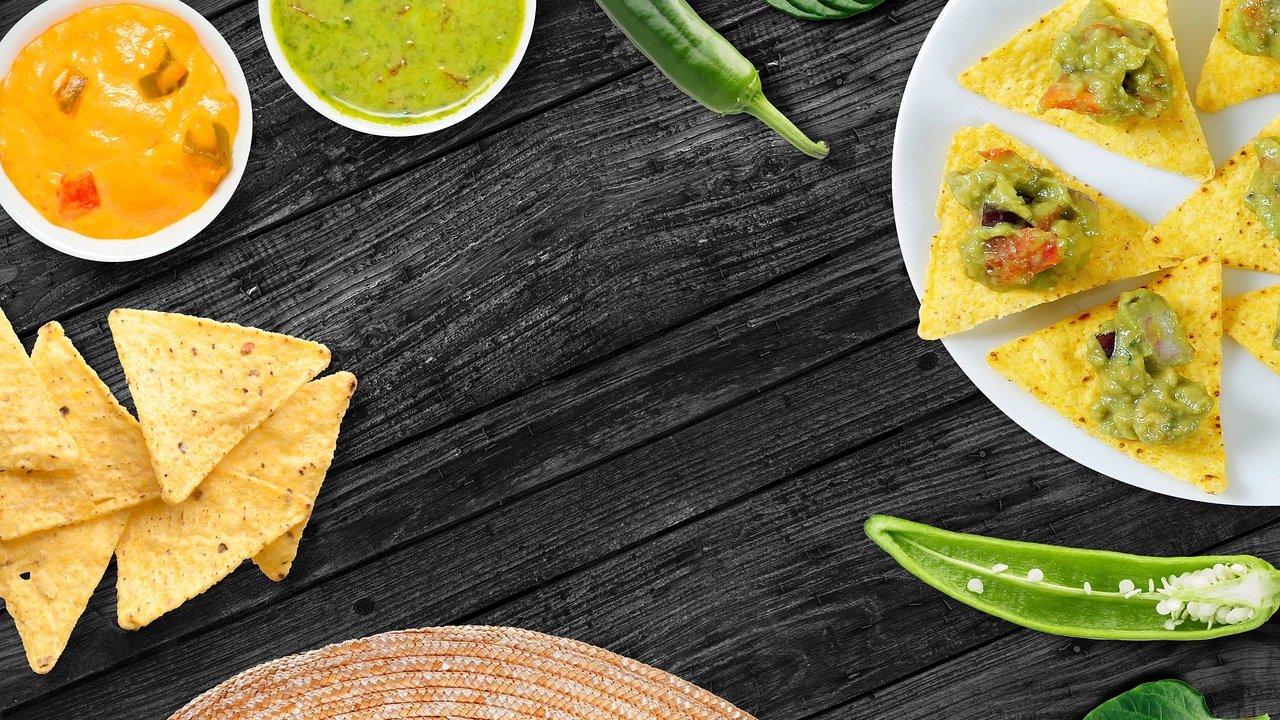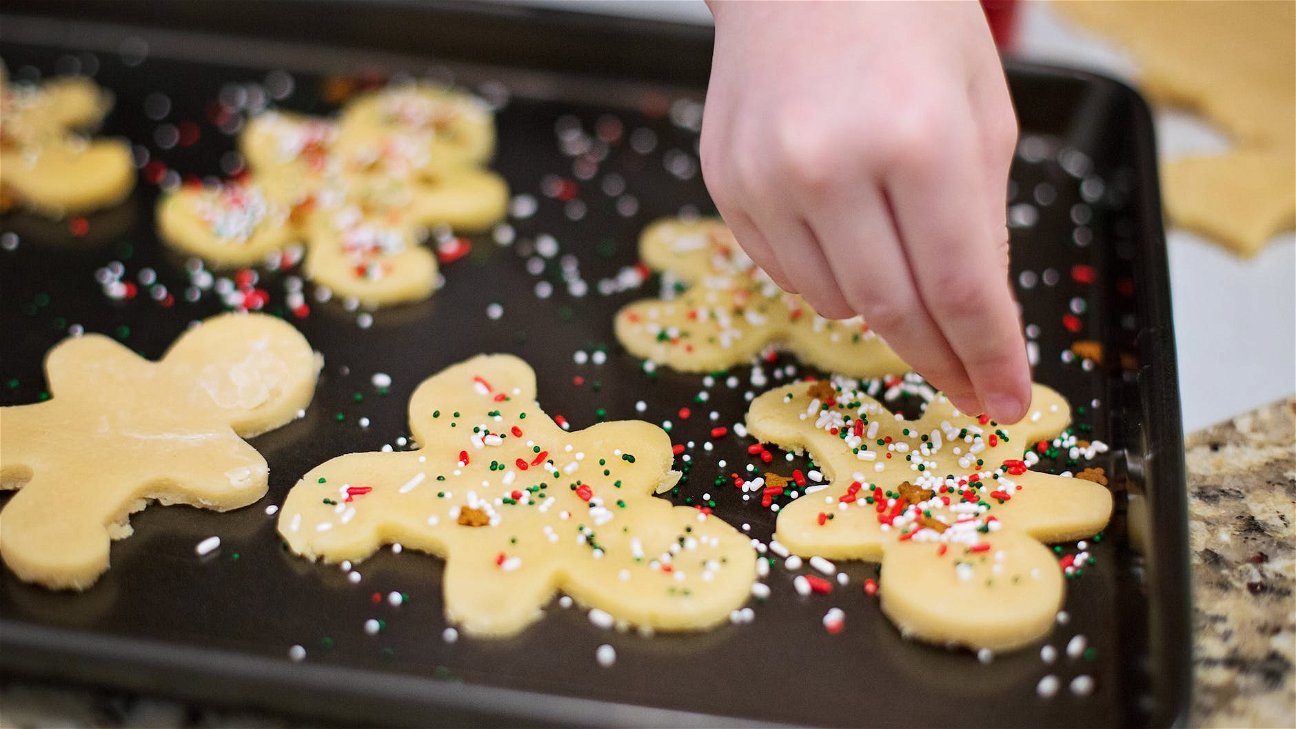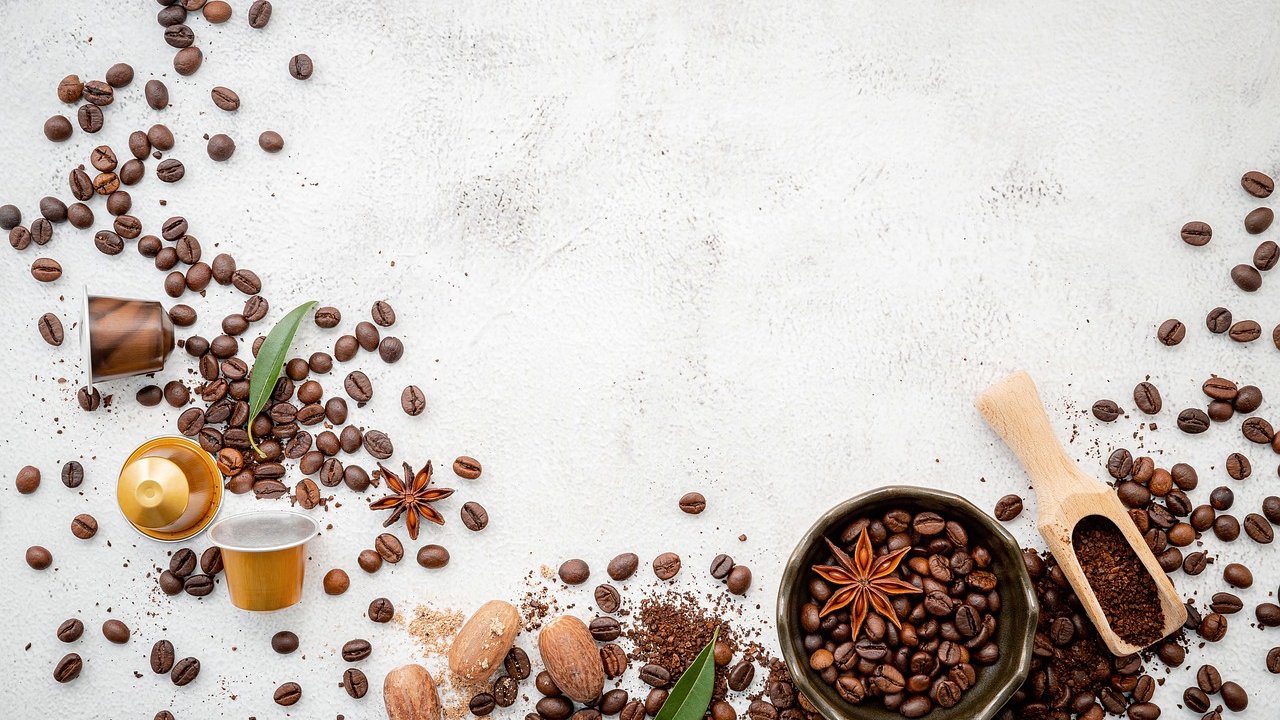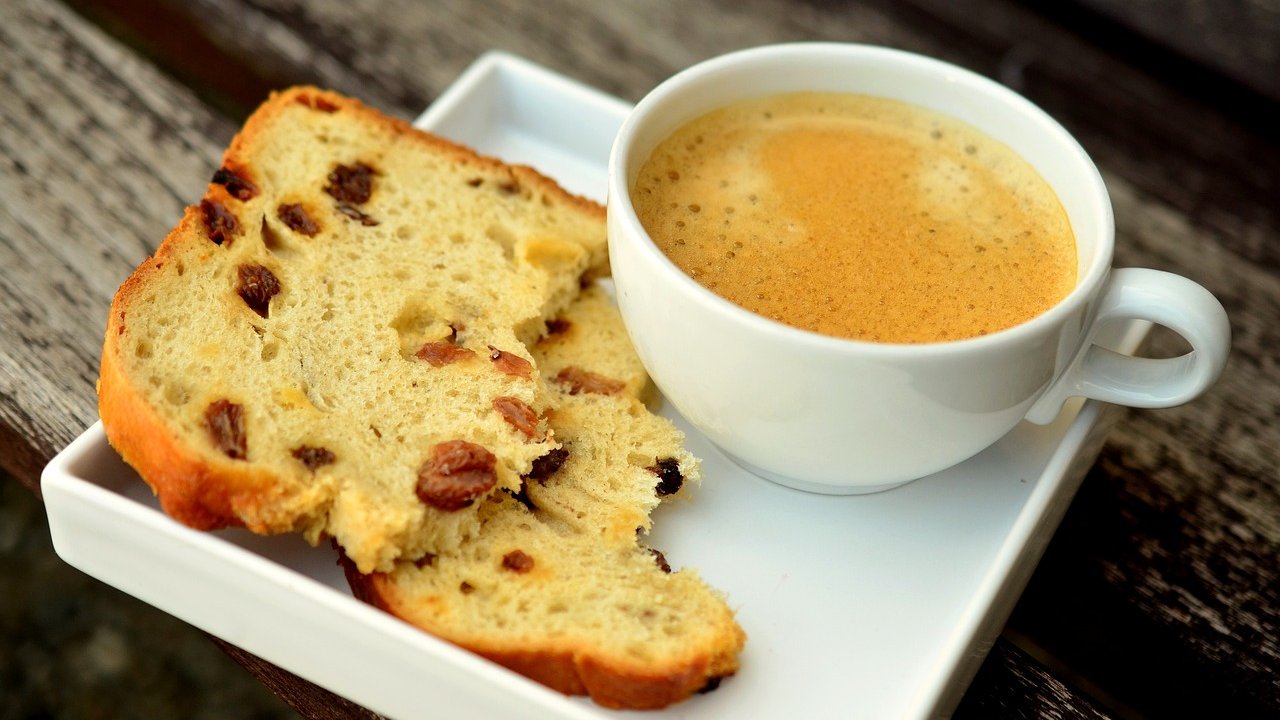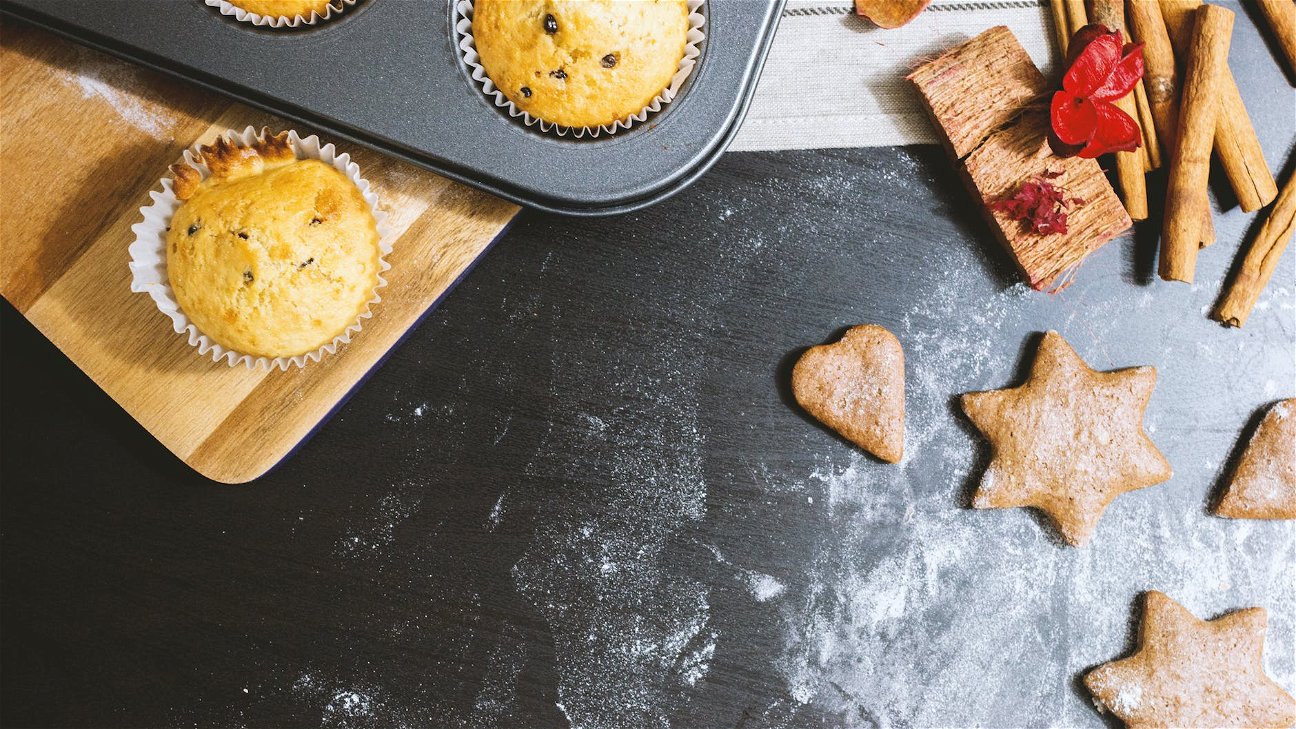
Baking is a science, and every scientist knows that even the smallest change can have a significant impact on the results. This is particularly true when it comes to the temperature at which you bake. In this article, we'll explore how temperature affects your baking outcome, and offer some tips for achieving the perfect bake every time.
The role of temperature in baking
Temperature plays a critical part in baking, from the initial mixing of ingredients through to the final baking in the oven. Different temperatures can have various effects on the ingredients, changing their properties and altering the final result.
For instance, butter behaves differently at different temperatures. At room temperature, it can be creamed with sugar to create a light and fluffy texture in cakes. However, when melted, it contributes to a dense, chewy texture that's perfect for brownies or cookies.
High temperature vs low temperature baking
The temperature at which you cook can greatly affect the final product. High temperatures cause the outer layers of the food to brown, creating a tasty crust. This is known as the Maillard reaction, and it's what gives baked goods their golden-brown color and delicious flavor.
On the other hand, low temperatures allow for more even cooking throughout the food. This is particularly beneficial for larger items, like whole cakes, where a high temperature could lead to a burnt exterior and an undercooked interior.
How to control baking temperature
Controlling your oven's temperature can be a bit tricky, but there are a few tips that can help. Firstly, always preheat your oven. This allows it to reach a consistent temperature before you put your food in, resulting in a more even bake.
If you're finding that your oven runs hot or cold, consider getting an oven thermometer. This will allow you to see exactly what temperature your oven is at, and adjust accordingly.
The impact of temperature on different types of baked goods
Different types of baked goods require different temperatures to bake properly. Here's a quick guide:
-
Cakes: Most cakes do well at a moderate temperature, around 350°F (175°C). This allows them to rise and cook evenly, without burning on the outside.
-
Bread: Bread typically requires a higher temperature, around 375-425°F (190-220°C). This helps to create a crisp crust while allowing the inside to cook properly.
-
Cookies: Cookies can be baked at a variety of temperatures, depending on the desired outcome. A higher temperature (around 375°F or 190°C) will result in a crisp, crunchy cookie, while a lower temperature (around 350°F or 175°C) will yield a softer, chewier cookie.
Remember, these are just guidelines—every recipe is different, and may require different baking temperatures. Always follow the instructions given in your recipe for the best results.
Baking temperature chart
Here's a simple chart to give you an idea of the baking temperatures for various baked goods:
Keep in mind, these temperatures are averages and can vary based on specific recipes and oven types.
In conclusion, understanding the role of temperature in baking can help you achieve better, more consistent results.
